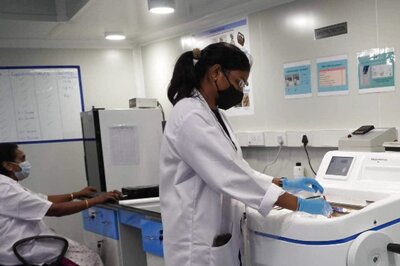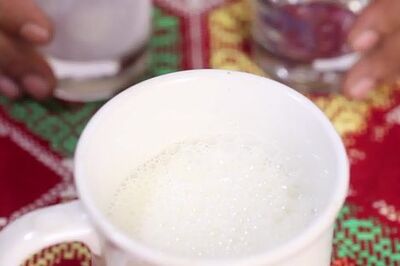
views
If you thought the latest study released by the Washington State University is going to answer the question about aliens in the affirmative or the negative, it is not going to happen. But we have yet another chapter in the whole saga about potential alien life on Mars. Researchers have analyzed samples of 3.5-billion-year-old soil from the Red Planet, and discovered the presence of chemical compounds called thiophenes, which are organic compounds. The Washington State University astrobiologist Dirk Schulze-Makuch believes that the presence of these organic compounds in the soil does indicate presence of life at the time on the planet.
“We identified several biological pathways for thiophenes that seem more likely than chemical ones, but we still need proof. If you find thiophenes on Earth, then you would think they are biological, but on Mars, of course, the bar to prove that has to be quite a bit higher,” says Dirk Schulze-Makuch, in an official statement. The scientists are still not completely sure what this means to the age-old question of life on Mars. But they have not excluded that these thiophenes could have landed on Mars as part of a non-biological process, such as a meteor impact. On Earth, these thiophenes are found in coal, crude oil and white truffles.
“Meteor impacts provide one possible abiotic explanation. Thiophenes can also be created through thermochemical sulfate reduction, a process that involves a set of compounds being heated to 248 degrees Fahrenheit (120 degrees Celsius) or more,” the researchers say in a statement. The limitation is that the Mars rover isn’t entirely good at being an astrobiologist and it’ll eventually take a human on the red planet to actually decipher how these potentially organic compounds ended up in the Mars soil. Or we could wait for the next rover, the Rosalind Franklin, which is expected to carry a Mars Organic Molecule Analyzer, or MOMA, which uses a less destructive analyzing method that will allow for the collection of larger molecules. The Rosalind Franklin is expected to launch in July.




















Comments
0 comment